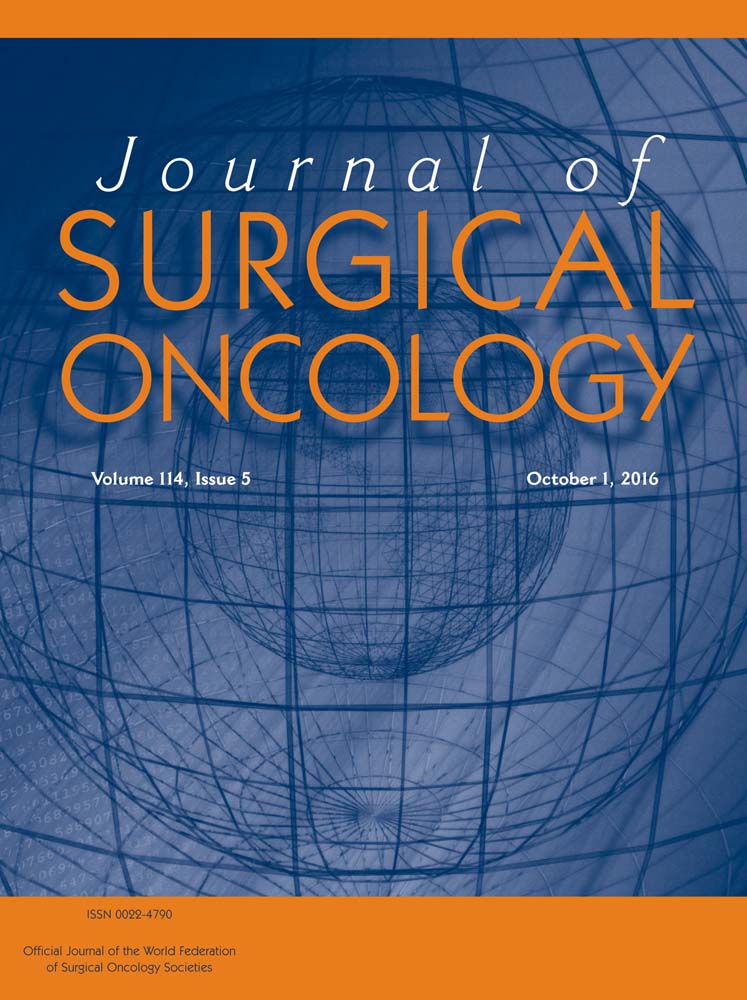Chylous ascites after lymphadenectomy for gynecological malignancies
Abstract
Background and Objectives
Chylous ascites, an accumulation of milky-white lymph fluid in the peritoneal cavity, is a rare complication following retroperitoneal lymphadenectomy. This study evaluated the appearance and management of chylous ascites following lymphadenectomy for gynecological malignancies.
Methods
A total of 931 patients who underwent lymphadenectomy for gynecological malignancies at Erlangen University Hospital between 2002 and 2013 were reviewed retrospectively.
Results
Chylous ascites occurred postoperatively in 28 of the 931 patients (3.0%). All patients with chylous ascites had undergone combined systematic para-aortic and pelvic lymphadenectomy (SAPL). Patients with chylous ascites had a larger mean number of lymph nodes removed (51.9 vs. 40.0, P = 0.002) and the proportion of laparoscopic SAPLs was significantly higher (20/28; 71.4%) in comparison with open surgery (8/28; 28.6%) (P < 0.0001). Additional parameters, such as the number of positive lymph nodes, were not significantly associated with the occurrence of chylous ascites. Conservative management was sufficient to resolve chylous ascites in all observed cases, with a mean time to resolution of 8 days.
Conclusions
Postoperative chylous ascites was more frequently observed in patients with laparoscopic SAPL in comparison with open SAPL and was strongly associated with a larger mean number of removed lymph nodes. J. Surg. Oncol. 2016;114:613–618. © 2016 Wiley Periodicals, Inc.




